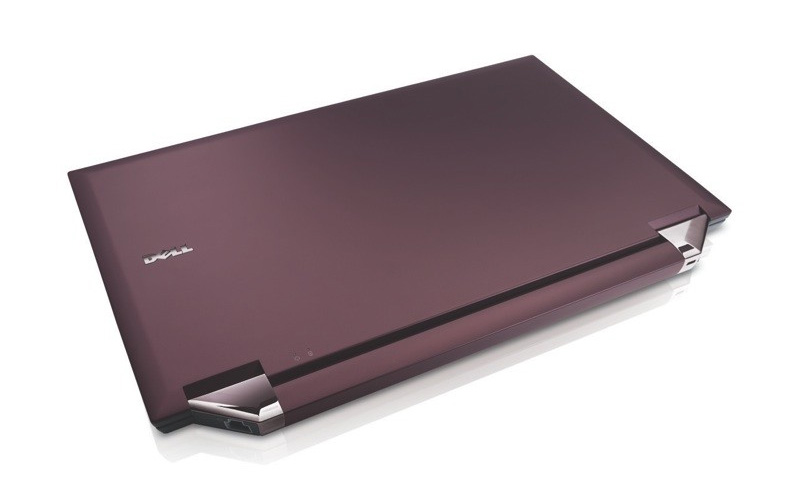 What do IBM, Toshiba, AMD, Samsung, Chartered, Infineon and Freescale have in common? Apart from being seven of the world’s leading chip makers, they’ve now gotsomething new: they’ve come together to share the development costs of the 32 nanometer chip. Chips that size could have more than a billion transistors on them, and the uses are quiteself-evident, in everything from computers to game consoles. Of course, there would be a massive advance in the processing power of the chips. But the development costs are set to be massive,which is why the companies have agreed to work together on development and production of the chips until 2010. Analyst Malcolm Penn of FutureHorizons explained to the BBC, "This is about sharing the basic development of the recipe for the chips. Those building blocks are then puttogether by the separate companies in a fiercely competitive way." To most of us, a chip is a chip is a chip, but inevitably, after 2010 the various companies with add their own bells andwhistles to the chips to try and become a greater force in the marketplace. You might have noted one big name that’s not part of the new alliance. That’s Intel, which supplies more chips to the computer industry than anyone else. According to Penn, "Intel is in a very focused market place; it really only makeschips for PCs. It’s a contained market with very, very little competition so Intel’s absence in this alliance is not important."
What do IBM, Toshiba, AMD, Samsung, Chartered, Infineon and Freescale have in common? Apart from being seven of the world’s leading chip makers, they’ve now gotsomething new: they’ve come together to share the development costs of the 32 nanometer chip. Chips that size could have more than a billion transistors on them, and the uses are quiteself-evident, in everything from computers to game consoles. Of course, there would be a massive advance in the processing power of the chips. But the development costs are set to be massive,which is why the companies have agreed to work together on development and production of the chips until 2010. Analyst Malcolm Penn of FutureHorizons explained to the BBC, "This is about sharing the basic development of the recipe for the chips. Those building blocks are then puttogether by the separate companies in a fiercely competitive way." To most of us, a chip is a chip is a chip, but inevitably, after 2010 the various companies with add their own bells andwhistles to the chips to try and become a greater force in the marketplace. You might have noted one big name that’s not part of the new alliance. That’s Intel, which supplies more chips to the computer industry than anyone else. According to Penn, "Intel is in a very focused market place; it really only makeschips for PCs. It’s a contained market with very, very little competition so Intel’s absence in this alliance is not important."
Seven Giants Form Chip Alliance

Digital Trends has a simple mission: to help readers easily understand how tech affects the way they live. We are your…


